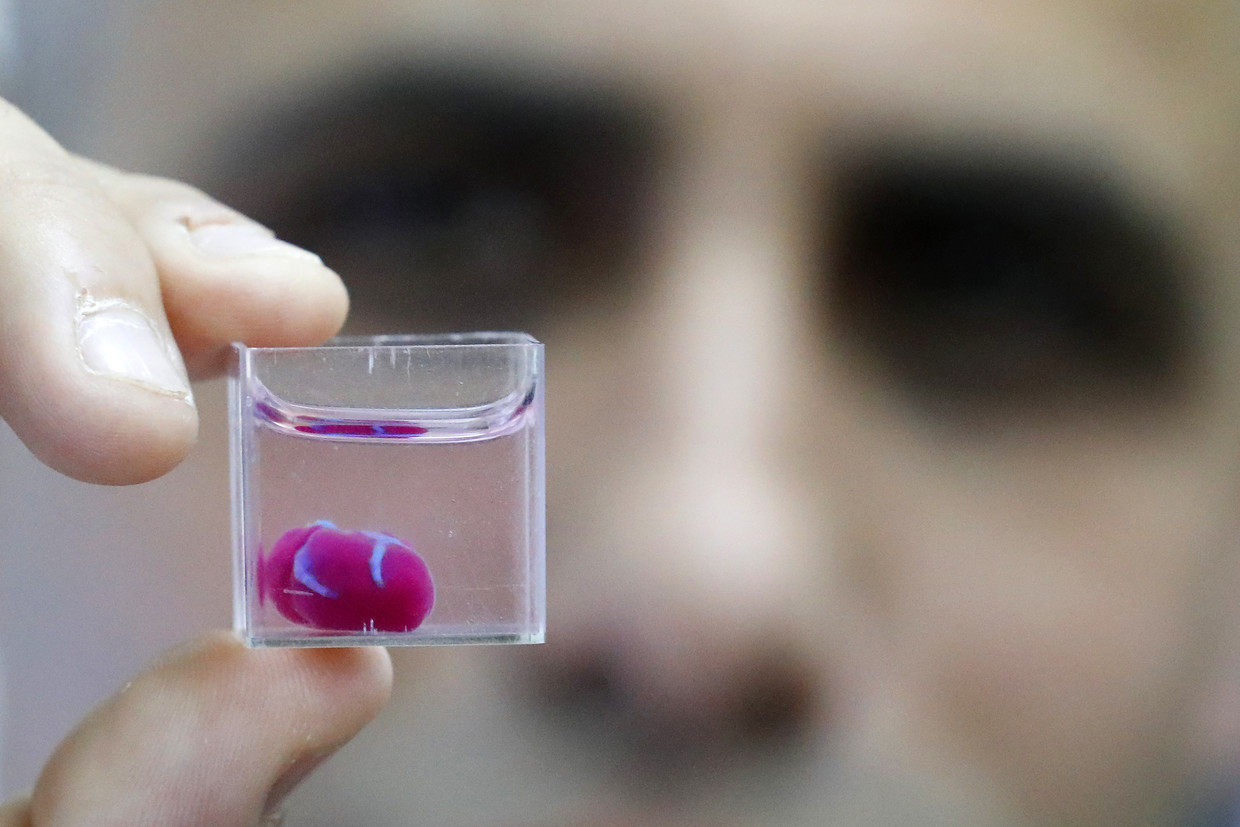Israeli regenerative medicine firm Matricelf has signed an exclusive global licensing agreement with Tel Aviv University (TAU) technology transfer firm Ramot for a patent-pending 3D bioprinting technology.
According to Globes, the technique uses a patient’s stem cells and extracellular matrix (ECM) to bioprint implants for the regeneration of damaged organs and tissues in the body. The method is currently undergoing the patent application process for approval in the US and Europe
The agreement will see Matricelf receive the global rights to develop and produce the technology and to commercialize it for third parties, subject to meeting certain scientific and business milestones.

Regenerative medicine at TAU
TAU has been pioneering the field of 3D bioprinting for several years, recently winning the Medical, Dental, of Healthcare Application of the year category at the 2021 3D Printing Industry Awards. The award was collected by the Satchi-Fainaro Lab at TAU for its breakthrough 3D bioprinted glioblastoma model to improve the treatment of brain cancer.
The technology now licensed by Matricelf was developed by Professor Tal Dvir of TAU’s Department of Biotechnology and the Head of the university’s Nanotechnology Center. Dvir is also one of the founders of Matricelf and is the firm’s Chief Scientific Officer.
The bioprinting technique works by simultaneously 3D printing cells and ECM derived from patients to produce living human tissues and organs. The printing process is based on liquid nano-particles which stabilize the printed structure to enable high resolution and precision. The molecules are then extracted from the structure after printing.
Back in 2019, the technique was used to create the “world’s first” 3D printed heart complete with cells, blood vessels, ventricles, and chambers.
Commercializing the technology
Since its founding in 2019, Matricelf has been developing a personalized platform for autologous (bone marrow) matrix and cells implants for a wide range of medical conditions, including spinal cord injury treatment. The firm’s patented technology is a culmination of eight years of research and $12 million in grants.
Through its latest agreement with TAU’s Ramot, Matricelf will receive the global rights and exclusivity to develop Dvir’s bioprinting technology and commercialize it for third parties. The firm will commit to signing at least one commercialization agreement with a third party, subject to approval from Ramot, within 36 months from the date of the agreement.
The technology is currently undergoing a patent application process in the US and Europe. Matricelf CEO Dr Asaf Toker told Globes:
“Applying the technology, both in the development of the company, primarily by treating injury to the spinal cord, as well as commercialization to various partners in the sector, significantly increases the potential for growing the value of the company in the foreseeable future and strengthening its status as a leading global player in the sector.”
Advances in regenerative medicine
Looking ahead to the future of 3D printing, bioprinting has been predicted by numerous additive manufacturing leaders to play an important role in the next frontier of healthcare. In the last few months alone, researchers have developed new bioinks specifically for bioprinting blood vessels, and 3D printed living brain cells in a “promising development” for the technology.
Several 3D printing firms at the forefront of the regenerative medicine space have also made significant gains in recent months. In October, 3D bioprinting firm BICO was granted two new patents for bioprinting with temperature-sensitive bioinks while 3D printer manufacturer 3D Systems unveiled plans to expand its bioprinting program after acquiring 3D bioprinting technology developer Volumetric Biotechnologies.
In November, meanwhile, 3D bioprinting start-up Brinter sought to open up the accessibility of bioprinting with its new entry-level 3D printer, the Brinter Core, and regenerative medicine firm CTIBIOTECH announced the development of a new 3D bioprinting platform to deliver personalized medicine for patients with colon cancer.
Regarding funding, Australian 3D bioprinting specialist Inventia Life Science recently raised $25 million to ramp up the launch of its RASTRUM bioprinter designed to address the US’ $40 billion biomedical R&D and drug discovery market, and earlier this month French regenerative medicine start-up Healshape announced plans to raise $6.8 million to develop its 3D bioprinted breast implants.
Subscribe to the 3D Printing Industry newsletter for the latest news in additive manufacturing. You can also stay connected by following us on Twitter and liking us on Facebook.
Looking for a career in additive manufacturing? Visit 3D Printing Jobs for a selection of roles in the industry.
Subscribe to our YouTube channel for the latest 3D printing video shorts, reviews and webinar replays.
Featured image shows the Tel Aviv University 3D bioprinted heart. Photo AFP/Jack Guez.



